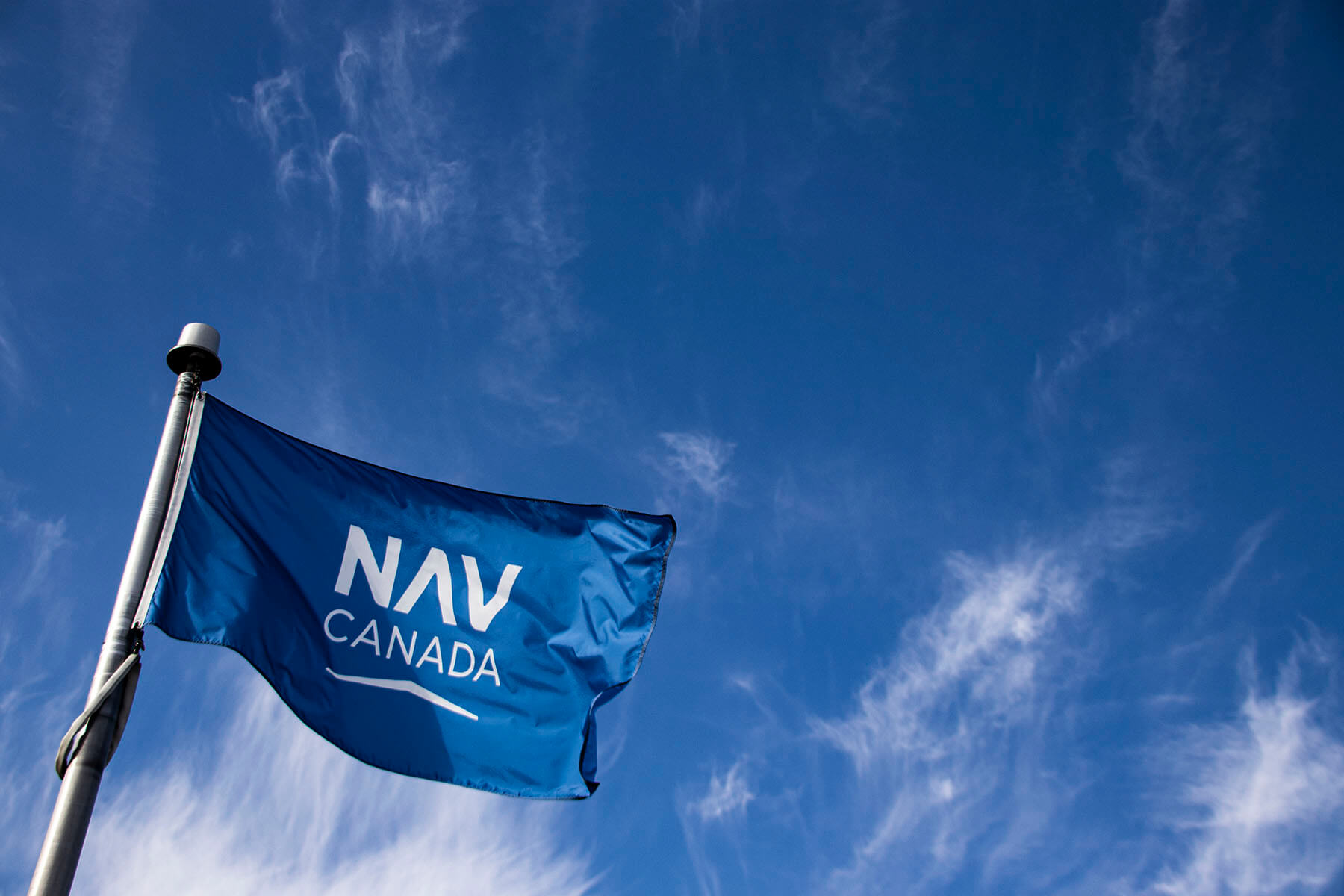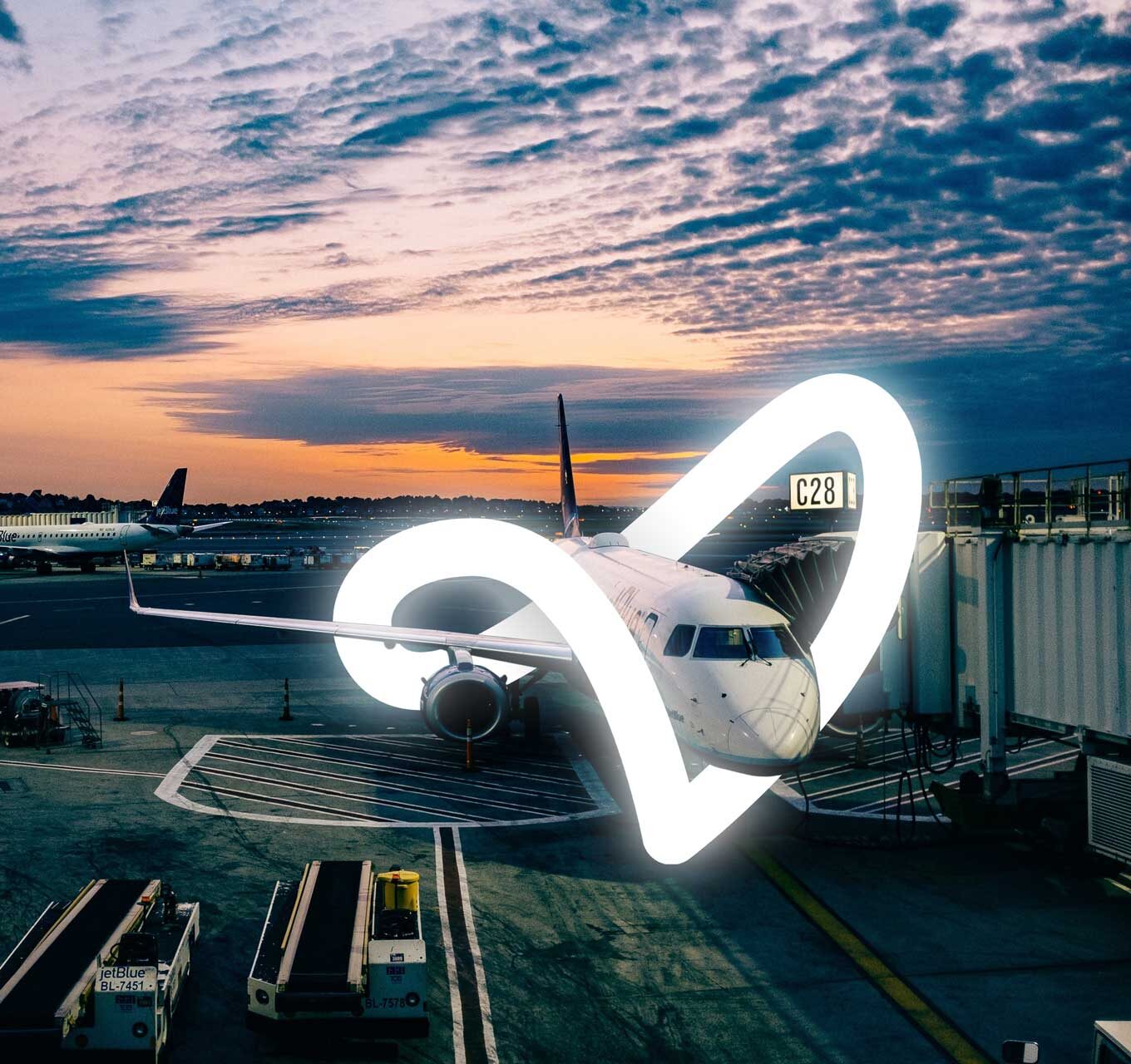Malta International Airport
Malta International Airport’s (MIA) core terminal operations include general passenger services, and the operation of an extensive range of retail services at the airport, airside and landside shops, restaurants and other outlets, which are all operated on concession agreements.
Traffic and Financial Results 2013
- For the fourth consecutive year, in 2013, passenger traffic at MIA was recorded to have increased over the previous year, exceeding a record 4.0 million or 10.5% more than the previous year, exceeding the 3.7 million forecast.
- Revenue from the Airport Segment increased from €38.3 million in 2012 to €41.3 million in 2013 whilst the Retail & Property Segment increased from €14.1 million in 2012 to €17.1 million in 2013.
- Revenues from the airport segment constitute 70.2% of the total revenues of the Group (2012 – 72.5%). Aviation-related revenues remain the most important income stream of the Group notwithstanding the fact that the aviation charges to carriers have not changed since 2006.
- Revenues from the Retail and Property Segment increased by 21% and constitute 29.1% (2012 – 26.7%) of the total revenue of the Group.
Key Challenges faced by the Airport Industry
Developing non-aeronautical revenue streams has become a key strategy for airports, large and small, the world over. Presently, 48% of Europe’s airports are losing passenger traffic. Aircraft movements are declining, reflecting airline aggressive capacity cuts, resulting in pressure on aeronautical revenues. The balance of power within the airport-airline relationship continues to swing towards airlines, reducing airport’s ability to pass through costs incurred in providing the necessary infrastructure and services. Airline related charges now account for only 16% of total airport revenues – even when considering aeronautical related revenues in total, these are still almost €4 billion short of covering airports’ operating costs. [Source: Outcome of 23rd ACI EUROPE Annual Congress & General Assembly, Istanbul – June 2013].
Airports have reacted to such pressures by:
- Reducing costs they can control, such as maintenance, equipment, staff and marketing. However there is a limit on how much can be reduced prior to affecting service levels.
- Focusing on the potential of non-aeronautical revenue streams, such as retail and F&B.
Internationally, non-aeronautical sector revenues amounted to $45.96b in 2011 with retail and F&B being the largest component (27% or $12.4b) except in North America. [Source: ACI Economics Report 2012]
The Business Need: What MIA Required
- Measure and influence retail performance.
- Automate collection of sales data from concessionaires, with more detail, in real time, in a controlled and audited environment.
- Analyse sales data [integrate with FIDS], trends and patterns to better understand the retail and F&B environment within the airport.
- Centralise the reporting and analysis system that would replace their Excel based reports.
- Implement a BI solution that could be used by multiple users with different levels of access and requirements, with minimum training needs.
- Formulate strategies based performance analysis. Obtain the right information for the right user at the right time and in the right format.
- Maximise revenues from non-aeronautical retail and F&B concessions.
- Improve negotiations with both concessionaires and airlines.
- Automate revenue calculation, concessionaire contracts and billing.
Why MIA chose CA+
- Innovative solution – unique on the market
- Ease of use and ease of implementation
- Powerful analytical and BI features
- Confidence in the technical and support team
- Cost effective solution saving time previously spent on labour intensive tasks and manual administration of terminals
- Low on training needs
Implementation of CA+ at MIA
MIA deployed the CA+ solution among all concessionaires within their terminals, both airside and landside, including all retail and F&B outlets (both cafeteria and table service). MIA also currently deploys the CA+ POS solution to concessionaires as a part of their lease agreement, although some of the global concessionaires have been allowed to utilise their own corporate POS solutions and interface with CA+. All data is collected centrally in CA+ to enable the retail intelligence layer.
The Results
CA+ enables MIA to view, in real-time, all transactions from all concessions. This allows the airport to analyse that data to meet various reporting requirements, and ultimately manage revenues with timely and accurate billing.
Prior to CA+, MIA used to collect and collate data from concessions and manage the various files to integrate them into one system, in order to have a single view of the transaction turnover. This method was cumbersome, time-consuming and impacted on the accuracy and speed of revenue collection from concessionaires, while not even affording any meaningful data analysis.
MIA now have real-time access to data being centrally collected from concessionaires, allowing them to assess values of spend per passenger by carrier, route, day of week, time of day, location in retail space and more. CA+ enables the airport to obtain a better understanding of its retail flows for more effective negotiations with both carriers and concessionaires, whilst being able to optimise the retail mix in a strategic and effective manner.
In addition, with pre-defined reports as standard and customisable reports in a few clicks, MIA can now have its management reports ready in an instant.
CA+ POS also allows concessionaires to manage product details, price points, discount bands and much more, either from their back-end inventory system integrated via a standards-based secure web service, via the POS system itself or even via a Microsoft Excel® spreadsheet. This method enables the real-time upload and download of information that is necessary in the fast-paced airport retail market. Concessionaires at MIA can update pricing, manage promotions and even change security and staff authorisation settings as well as manage the complete hour/day/week transaction history to granular level, as each receipt is visible.
MIA now have more time to effectively monitor the under/over performance of a unit and manage issues that may arise. Within 12 months of installation, ad hoc queries and general support had already reduced to 50% when compared to the prior system MIA was using. Following the 12 month mark, such support continued to further reduce to almost negligible.


